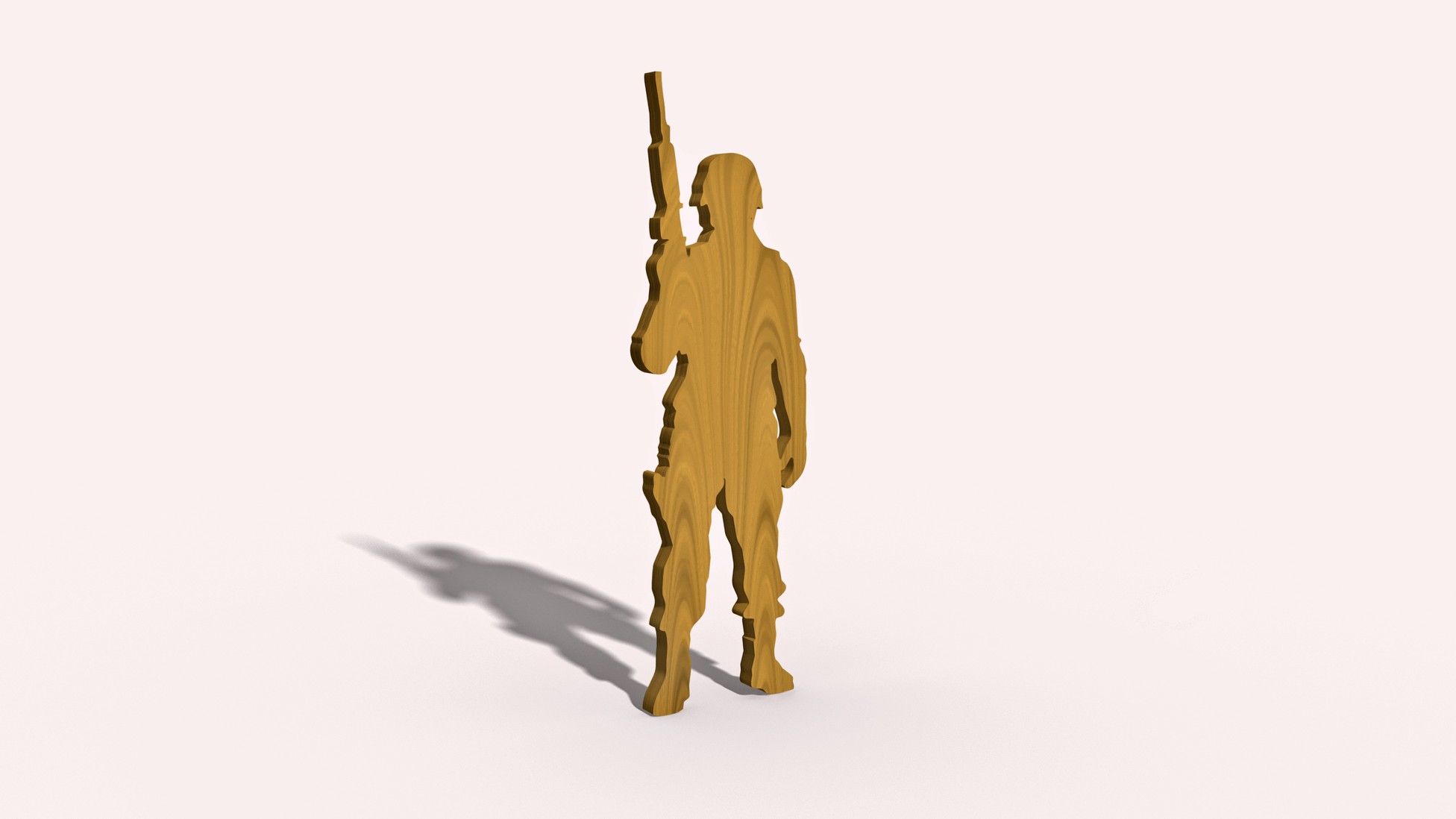
America has always had one foot out the door in Afghanistan.
A decade after U.S. forces arrived in Afghanistan, the headquarters of the Combined Joint Special Operations Task Force was still made of plywood, as were most of the other buildings that housed American troops. Resources existed to build out of concrete, but why would we do that? At any given point in our 20-year Afghan odyssey, we were always—in our minds, at least—only a year or two out from a drawdown followed by an eventual withdrawal. Of course, the Afghans noticed this. At a remote outpost near the Iranian border where I served, the lead Afghan contractor who worked alongside my special-operations team would always scoff whenever an aircraft brought in pallets of plywood for our construction projects. “Wars,” he would say, “are not won with plywood.”
Many have claimed that the disintegration of the Afghan security forces proves that they were a paper army. This isn’t quite accurate. They’ve proved to be a plywood army. The difference between the two explains how an army that once was capable of fighting the Taliban dissolved in a matter of days.
On July 8, at a White House press conference, when Joe Biden was asked whether a Taliban takeover of Afghanistan was inevitable, he responded, “No, it is not. Because the Afghan troops have 300,000 well-equipped soldiers—as well equipped as any army in the world—and an air force against something like 75,000 Taliban. It is not inevitable.” For years, the Afghan security forces had been fighting their own civil war against the Taliban, sustaining casualties and holding ground. A paper army, one which possesses little to no fighting capacity, could have never accomplished as much. Their performance allowed U.S. and international troop numbers to dwindle from nearly 150,000 a decade ago to 2,500 this year without the total implosion of the country.
And yet the forces were and always have been a plywood army, one with the capability to accomplish the mission, but with foundational problems in recruitment, administration, and leadership. The Afghan military was, by design, a nationally recruited force, meaning that, typically, Afghan soldiers did not fight in their native provinces. Because of Afghanistan’s history of warlord-ism, the decision to create a nationally recruited army (as opposed to a regionally recruited one) was made early on, with the idea that an Afghan military with strong regional, tribal affiliations would threaten its own existence.
This decision also had downsides. The tribal, familial structures that form the backbone of accountability in Afghan society did not transfer to the military. This created consistent disciplinary challenges within the ranks. It also proved a problem when waging a counterinsurgency. An ethnically Tajik Afghan soldier from Mazar-i-Sharif tasked to fight in the heavily Pashtun Helmand province would find himself as foreign there as any American. We never managed to integrate tribal and regional loyalties into a national army. Had we done so, the Afghan security forces would have been built on a far stronger foundation.
The two other areas where Afghan security forces proved endemically weak—administration and leadership—are closely linked. I served as an adviser to several Afghan units, and I saw how the slack in their administration—inaccurate troop rosters and incomplete equipment inventories, for example—fed endemic corruption. Too often, as Americans, we equated corruption in Afghanistan with moral failure on the part of the Afghans, while rarely questioning our own complicity in creating conditions that fostered corruption. Most tragically, our consistent messaging that we were on our way out of Afghanistan encouraged Afghans in positions of power to embrace corruption—specifically, the siphoning of resources for personal gain—as the one clear and sure means of survival. Corruption became a financial contingency plan, the choice any reasonable Afghan would make to ensure a safe future for their children. When every year the Americans promised that the next year would bring an American drawdown and eventual abandonment to the Taliban, what choice would you make?
The deterioration of the Afghan security forces hasn’t occurred on the battlefield as much as it has occurred in negotiating rooms, in which key tribal leaders—such as Ismail Khan in Herat—either surrendered without a fight or cut deals with the Taliban as they advanced before any substantial battle for those cities could occur. The Afghan army was there—well trained, well equipped—but without political leadership, at least not anymore.
In Afghanistan, there is a saying: “The Americans have the watches, but the Taliban have the time.” As far back as President George W. Bush’s decision to divert troops from Afghanistan to Iraq as part of the 2003 invasion, America has always had one foot out the door. Never once did we convince our allies—or our adversaries—that we possessed both the watches and the time. Ironically, this led to us spending more time in Afghanistan than we might otherwise have if we’d postured ourselves differently. If we hadn’t insisted on building in plywood.
President Biden’s announcement of a complete U.S. withdrawal from Afghanistan earlier this year set off a crisis of morale among Afghans that resulted in their security forces folding without a fight. They might have possessed numerical and material superiority, but their belief in themselves vanished when we left.
What we’re seeing now in Afghanistan is the accumulation of hundreds of bad decisions over two decades. However, the one I can’t seem to get out of my head today is that we chose plywood.

Elliot Ackerman is the author, most recently, of the novel Red Dress in Black and White and a co-author of the novel 2034. He is a former Marine and intelligence officer who served five tours of duty in Iraq and Afghanistan.

